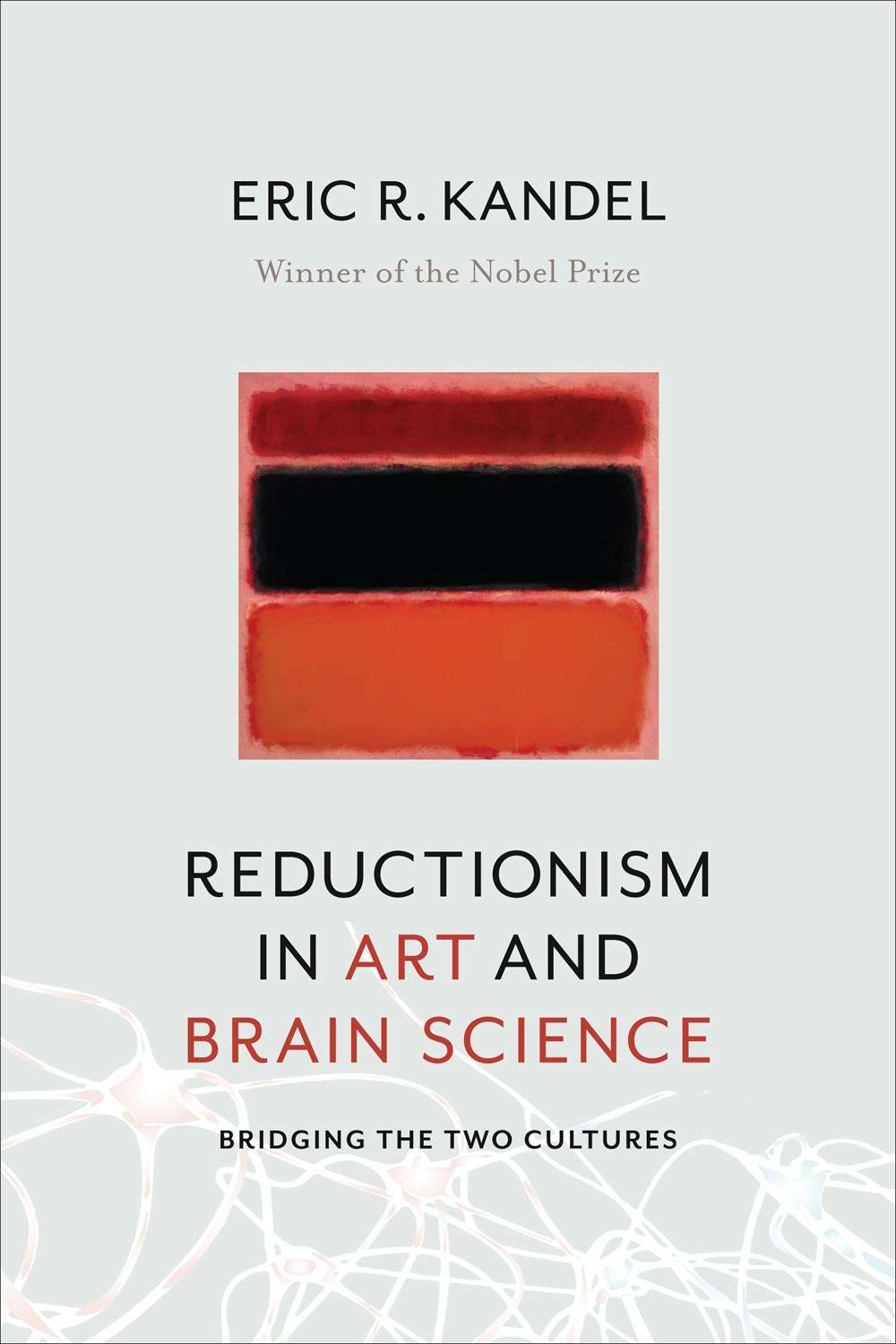Reductionism in Art and Brain Science, Bridging the Two Cultures

Editorial Columbia
Fecha de edición mayo 2018 · Edición nº 1
Idioma inglés
EAN 9780231179638
240 páginas
Libro
encuadernado en tapa blanda
Resumen del libro
Can science and art find common ground? Are scientific and artistic quests mutually exclusive? In this new book, neuroscientist Eric Kandel, whose interests span the fields of science and art, explores how reductionism the distillation of larger scientific or aesthetic concepts into smaller, more tractable ideas has been used by scientists and artists alike to pursue their respective truths. Their common use of reductionist strategies demonstrates how science can inform the way we experience a work of art and seek to understand its meaning. Kandel draws on his Nobel Prize-winning work studying the neurobiological underpinnings of learning and memory in the humble sea slug, whose simple brain helps illuminate the complex workings of higher animal minds. He extends these findings to the complexities of human perception, which uses bottom-up sensory and top-down cognitive functions to perceive the world and to appreciate and understand works of art.
At the heart of this book is an elegant elucidation of the pivotal contribution of reductionism to modern art's extraordinary evolution and to its role in a monumental shift in artistic perspective. Reductionism was a driving force in the transition from figurative art to the first explorations of abstract art in the works of Turner, Monet, Kandinsky, Schoenberg, and Mondrian. Kandel explains how the New York School of Pollock, de Kooning, Rothko, Louis, Turrell, and Flavin arrived at their particular forms of abstract expressionism in the postwar era, and concludes with Katz, Warhol, Close, and Sandback, who built upon the advances of the New York School to reimagine figurative and minimal art. Featuring captivating drawings of the brain alongside full-color reproductions of modern art masterpieces, this book brings science and art into closer relation.
Biografía del autor
Eric R. Kandel es profesor del Departamento de Bioquímica y Biofísica Molecular y en el Departamento de Psiquiatría dela Universidad de Columbia, así como investigador senior en el Howard Hughes Medical Institute. También es fundador director del Centro de Neurobiología y Conducta del Colegio de Médicos y Cirujanos dela Universidad de Columbia. Su obra ha merecido diversos premios, entre los que se cuentan: el Premio Albert Lasker en Investigación Médica Básica, 1983;la Medalla Nacionaldela Cienciaotorgada por el presidente Reagan en 1988; el Premio Gairdner International por sus aportaciones a la ciencia médica, 1987; el Premio Wolf en 1999; el Premio Heineken en 2000; y el Premio Nobel de Fisiología / Medicina en 2000 (junto con A. Carlson y P. Greengard).








